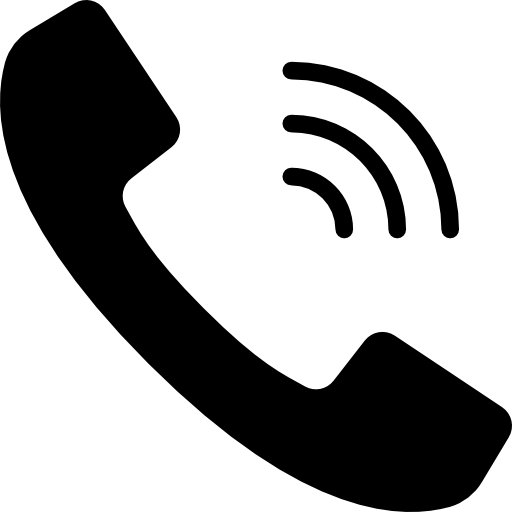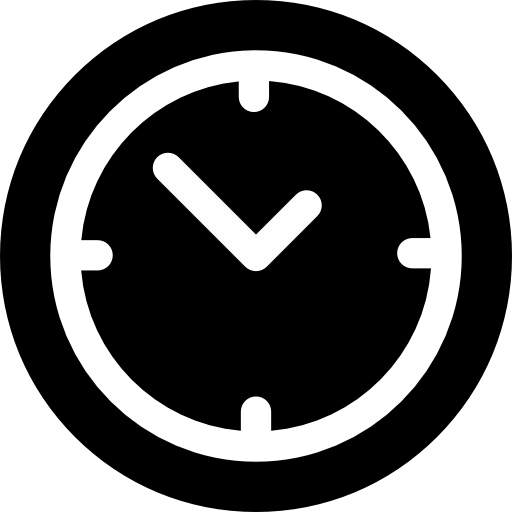Planning to get braces? Try Invisalign! Know why
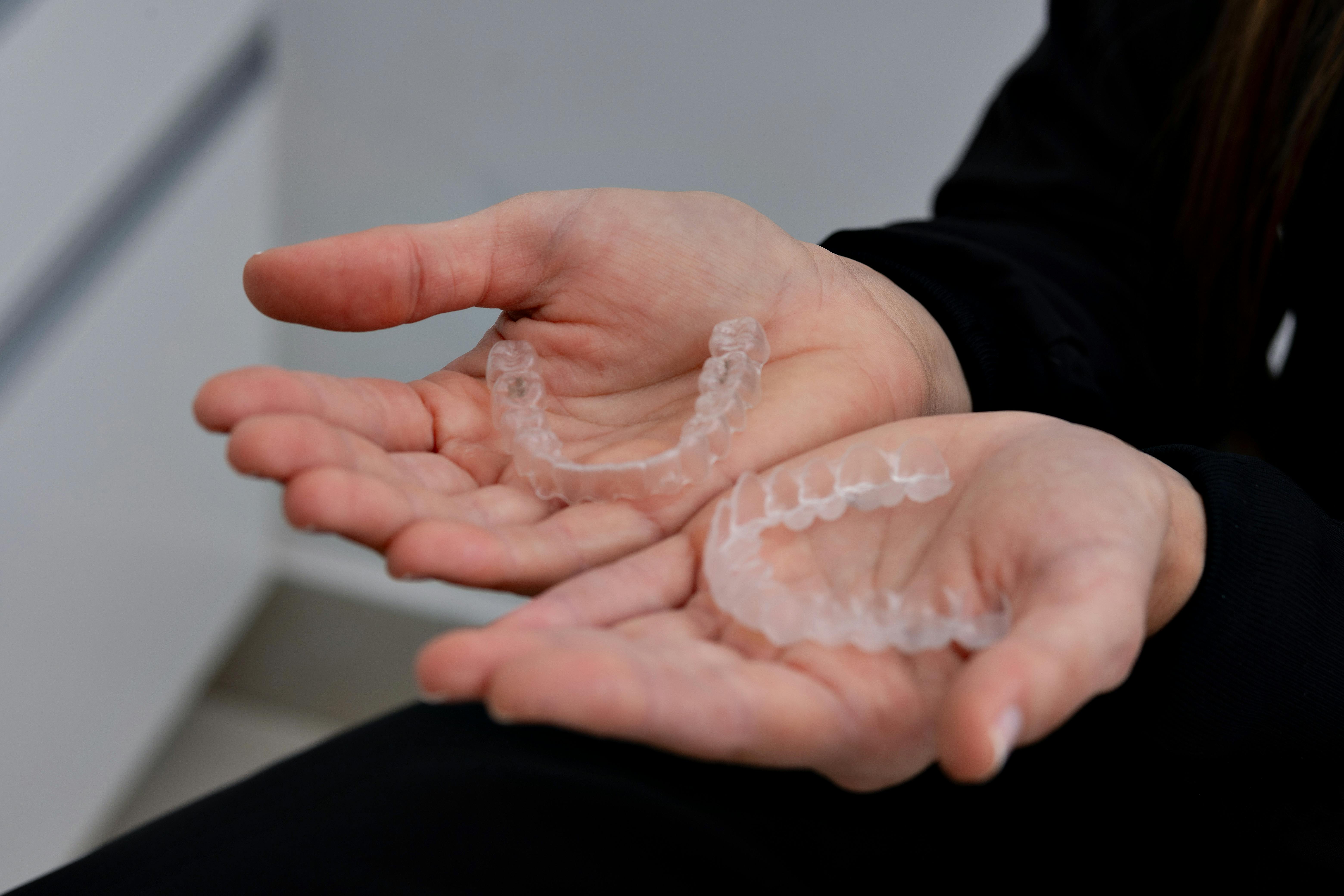
What is Invisalign?
Invisalign is a gift of modern medical science! It is a modern replacement for the traditional wire braces. Smooth and durable plastic is used to mold a set of aligners which is nearly invisible and is used to straighten crooked teeth. The aligners need to be exchanged every two weeks with a new set and these gradually straighten your teeth back to their right positions.
What are the first steps?
To say that Invisalign can cater to all kinds of tooth straightening needs would not be correct. While they can be used for most cases, severe straightening may still require you to wear wire braces. Therefore, it is important to know about Invisalign and your requirements before getting started.
There are many clinics that provide free consultations to make you aware about the functions of Invisalign and give you guidelines. You can view a virtual, 3D image of your Invisalign to know how they will look in reality and how your smile will adjust to it.
These consultations can educate you about the procedure and help you form opinions and expectations from the process before getting started.
Pros and Cons of Invisalign
Pros
- It is invisible: That is most likely the one reason which has made it the first choice among people who want their teeth straightened. It is made up of clear and hard plastic which makes it practical too.
- It is comfortable: Invisalign will not give you nicks or cuts in your mouth because they are smooth and non-irritable.
- It is removable: Unlike the wires, Invisalign can be removed for eating, flossing, and brushing. This way it allows you to maintain good oral hygiene, thereby reducing the chances of gum diseases during the teeth straightening process.
- It is low-maintenance: Invisalign is largely low-maintenance. Over a period of time, they can get stained or discolored; you might, then, have to clean them up using bleach and water. Scrubbing them with this concoction will remove the stains from it. You can do it every alternate day.
Cons
- It is expensive: This might be one of the biggest downsides of Invisalign. Typically, they cost anything from $3500 to $8500. The prices may also vary from one location to another. Also, they are not covered by dental insurance which means you should be ready to take a hit to your pocket if you plan on getting Invisalign.
- It has a minimum time limit: And it is too much! Invisalign must be word for a minimum of 22 hours per day, even when you are sleeping. You can remove them when you are eating, brushing or flossing.
- It could be uncomfortable: Wearing a set of aligners for long hours can cause discomfort and can also be painful. While dentists are known to call it “pressure”, one’s pressure may be another’s pain. Also, it is cumbersome. You would have to remove it before every meal and brush your teeth before putting them on again.
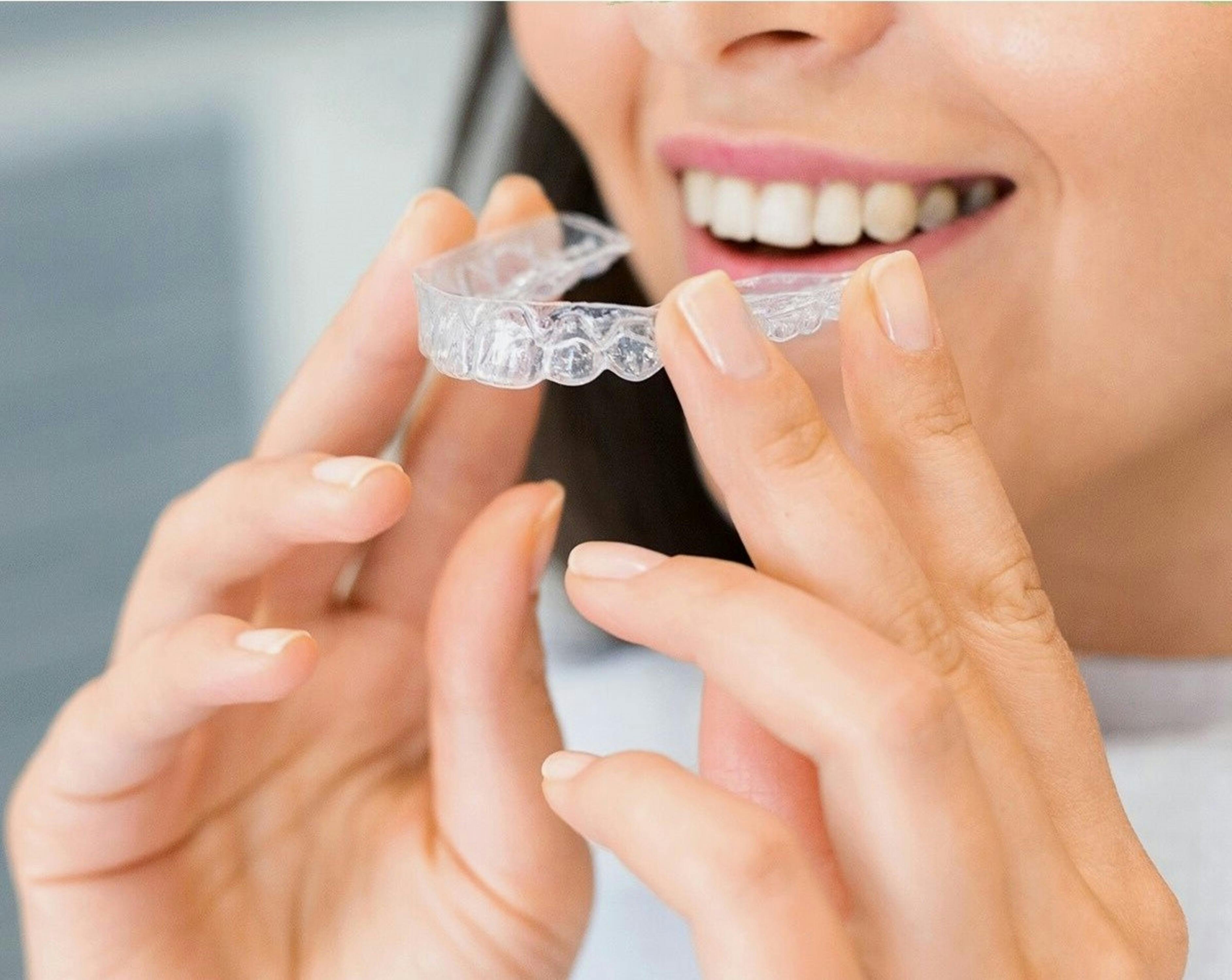
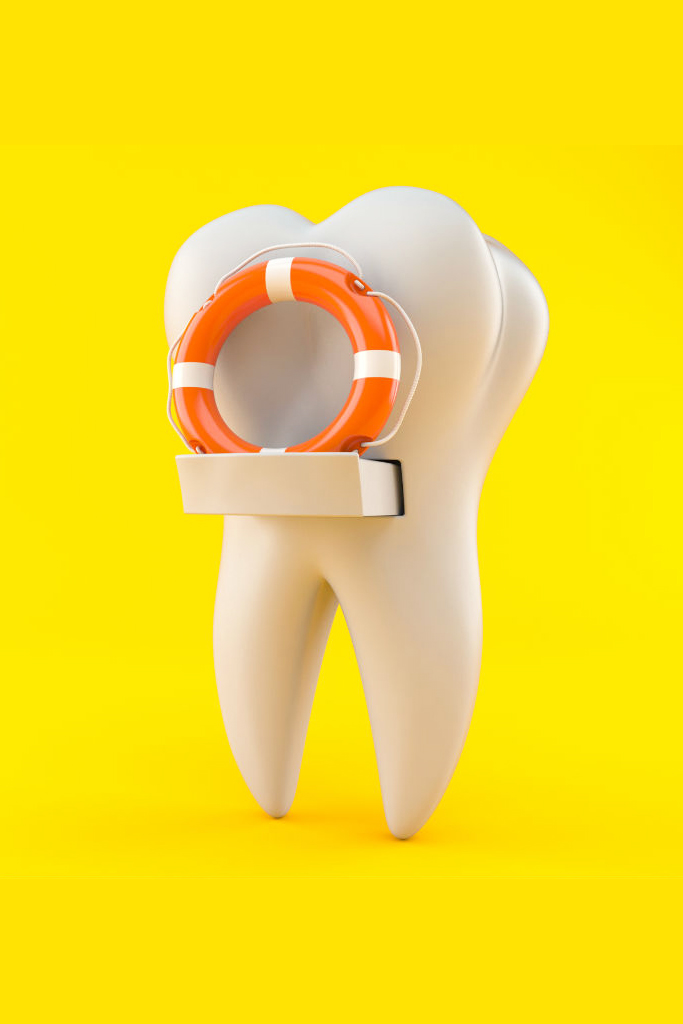
Is Invisalign better than braces?
Well, let’s draw a comparison and figure out which one has more positive aspects.
Comfort
While you may need to take off your Invisalign before every meal, it can’t be denied that they are physically more comfortable than traditional braces. Like mentioned above, Invisalign are smooth and can fit over the teeth easily, braces, on the other hand, could cause nicks and cuts in your mouth which could cause massive discomfort.
Convenience
Invisalign is invisible. This means it could give you a bright smile with no embarrassment. Needless to mention, braces are a mouth full of wiry metal which reduces the radiance of your smile. Yes, Invisalign could prove to be cumbersome when you have to take them off before every meal brush your teeth before putting them on but when compared to braces and their poky texture which hurts the mouth all day, Invisalign still gets the edge. Last but not the least; Invisalign is removable which means you can take them off whenever you want to ease the pressure but you can remove braces.
Lifestyle choices
With Invisalign you might have to restrict your consumption of tea, coffee, red wine and other food and beverages that could stain them, canceling the key benefit of Invisalign. This aspect makes Invisalign a less effective choice and braces a better pick.
Affordability
Traditional braces are less expensive than Invisalign and since tooth straightening may not be covered by many insurance plans; braces seem like a better choice here.
At last for severe cases, like overcrowding of teeth or gravely misshapen teeth, many dentists tend to prefer traditional braces over Invisalign because they are believed to be more effective in such instances.

